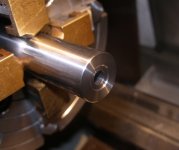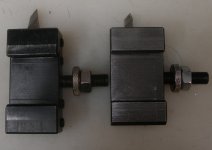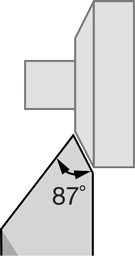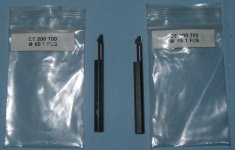Greg Walley
Member
I might know someone. I know everything else affects the bullet behavior at exit, twist rate, land configuration, muzzle pressure etc.
Are going to Shot and are you available for dinner one evening? If you are I can see my wife's eyes already glazing over.
I won't be at the Shot Show this year - too much to do at the shop. I'll be at the SW Nationals for two weeks, so I'll be getting as much shop time in between now and then. I hope to see you at the FISS this year...WITH A RIFLE!






